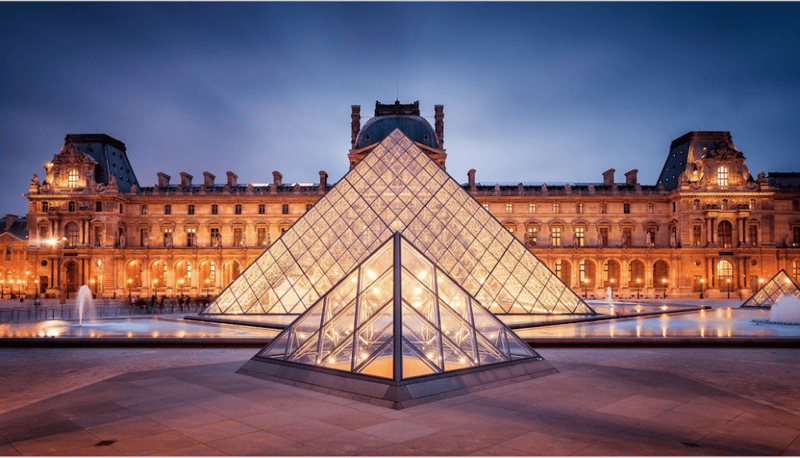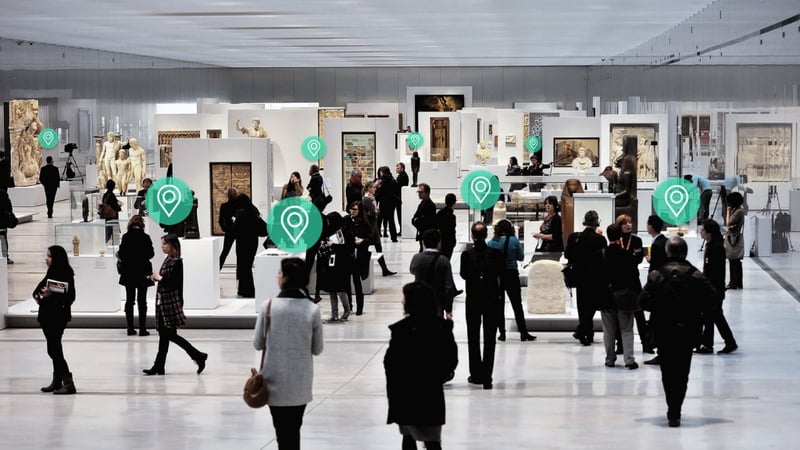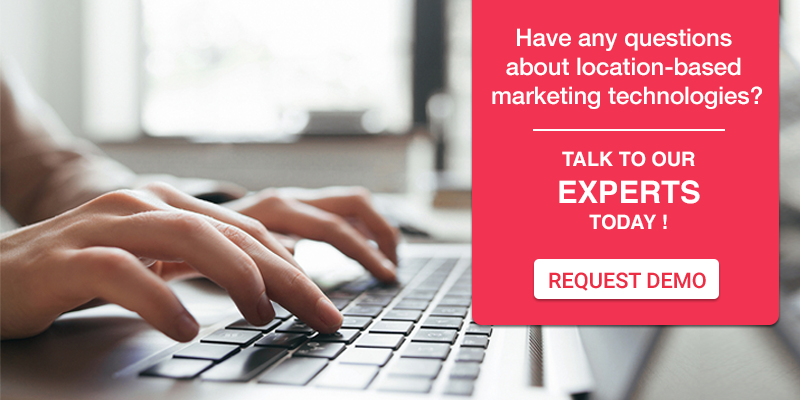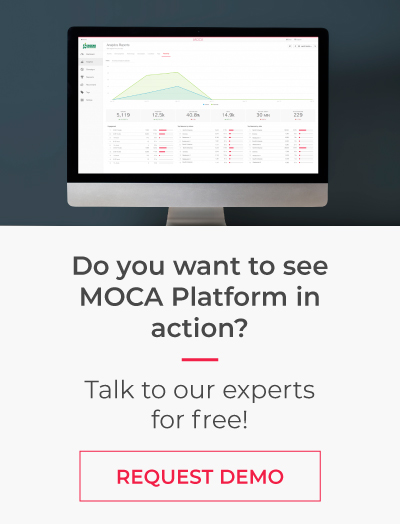Knowing the changes that are to come, art galleries and museums have embraced new mobile technologies to extend audience reach and provide potential new revenue channels. Turning their rooms into an interactive experience that meet the expectations of museums visitors. The time of the touristic map and the audio guide have been left behind and, at present, museums offer a wide variety of location-based services to enrich and personalize the experience of the visitors.
Museums in the 21st Century
Going to a museum could mean a lot of paper or a boring audio guide. A lot of exhibition items may be overwhelming for visitors when they are moving around the museum. Location-based technologies offer museums apps the opportunity to provide real-time information and a personalized experience to their visitors like never before. Exhibits can be complemented with photos, information about the artist, descriptions, videos and audio streaming where it is most relevant to the visitor.
Visitors can receive proximity-triggered messages providing relevant information such as alerts for upcoming exhibitions or just to inform visitors about the museum facilities. In addition, if a visitor spends a considerable amount of time near an exposition item, museum organizers can recommend products that can be purchased at the museum shop. By collecting data from geolocation, Wi-Fi devices, Bluetooth beacons and mobile apps, museum owners are able to gather insights on visitor behavior and use it to improve exhibit locations enhancing the overall visitor experience.
How museums embrace proximity marketing to engage with visitors
Museums are moving beyond web and proximity marketing is playing an important role in the digital transformation. Enabling museums and galleries to make more interactive, educational and engaging experiences.
One of the most used location-based technologies is Bluetooth beacons. A beacon is a small Bluetooth low-energy sensor that can be placed anywhere, and is detectable by nearby mobile devices allowing mobile users to receive proximity-based experiences. At museums, bluetooth beacons can be used to deliver updates to visitors as they move around the place. For instance, a museum’s app can alert visitors about an upcoming lecture as they pass by the auditorium.
Contextual information can be triggered to show more details about an artwork a visitor is looking at, or to inform visitors about other facilities, such as cafeteria, porchways, toilets, museum shop, etc. Beacon can also be used to measure dwell times, measuring how much time visitors spend at different locations of the museum, or which exhibits are most popular. The museum can now understand if an exhibit is popular by itself or if it is because of its placement at a particular location.
On the other hand, a geofence is a virtual fence around a specific geographic area representing a physical location such as a museum or store. The geofence information is used to trigger events when a mobile user enters or leaves a specific location. Geofencing can be used to drive traffic by providing discounts and special offers to nearby tourists and local citizens. It could also be used to provide a faster and seamless check-in by activating the digital entrance in the mobile phone when the visitor is close to the entrance.
Location powered messages provide guests a more intuitive and self-guided experience.
Museum Use Cases
Let’s see 3 examples of how marketers are using location-based technologies to enhance the museum experience.
1.- Sydney Art Project
Kaldor Public Art Projects along with Australian artist Jonathan Jones created an exhibition entitled “Barrangal Dyara, to share and educate about aboriginal culture. The mobile app delivered content at specific locations, with push notifications sent when visitors came within range of beacons positioned at various points on the site of the 1882 fire. Signs and reminders about the need to enable Bluetooth were placed throughout the area, along with information about the availability of the app for anyone who wasn’t already aware of it. The feedback from guests was positive and the use of beacons to power the app that supplemented the display has drawn praise.
2- The Groninger Museum
The Groninger Museum is the first museum in the Netherlands where beacons have been implemented. The technology is available in the exhibition “The Collection”, from March 29, 2014, onwards. It is used to send interactive content on artworks to visitors using the app.
Visitors who do not have a compatible smartphone or tablet can rent these at the museum so that they have access to interactive media. Thanks to this application, the visitor has access to additional video and audio clips, background information and detailed photos of the artworks. A mix of interactive media excites, amazes and inspires a unique experience.
3.- New Museum in New York City
For the UN’s International Day for Mine Awareness and Assistance in Mine Action on April 4th, New Museum in New York City hosted an exhibit that used iBeacons to simulate a virtual minefield and let anyone experience the danger of landmines. Visitors were required to download the Sweeper app. Using beacons, the Sweeper app detected transmitters hidden behind the exhibits. When a person came too close to a transmitter, it acted as a landmine and detonated, filling the user’s headphones with a jarring explosion followed by an audio testimony of someone’s actual experience. This was inarguably the most unique use of beacons one has seen so far.
Making a more interactive experience, museums are changing the way they educate, guide and tell stories to visitors. Location-powered mobile apps provide visitors a personal tour guide, just in the palm of their hands.








